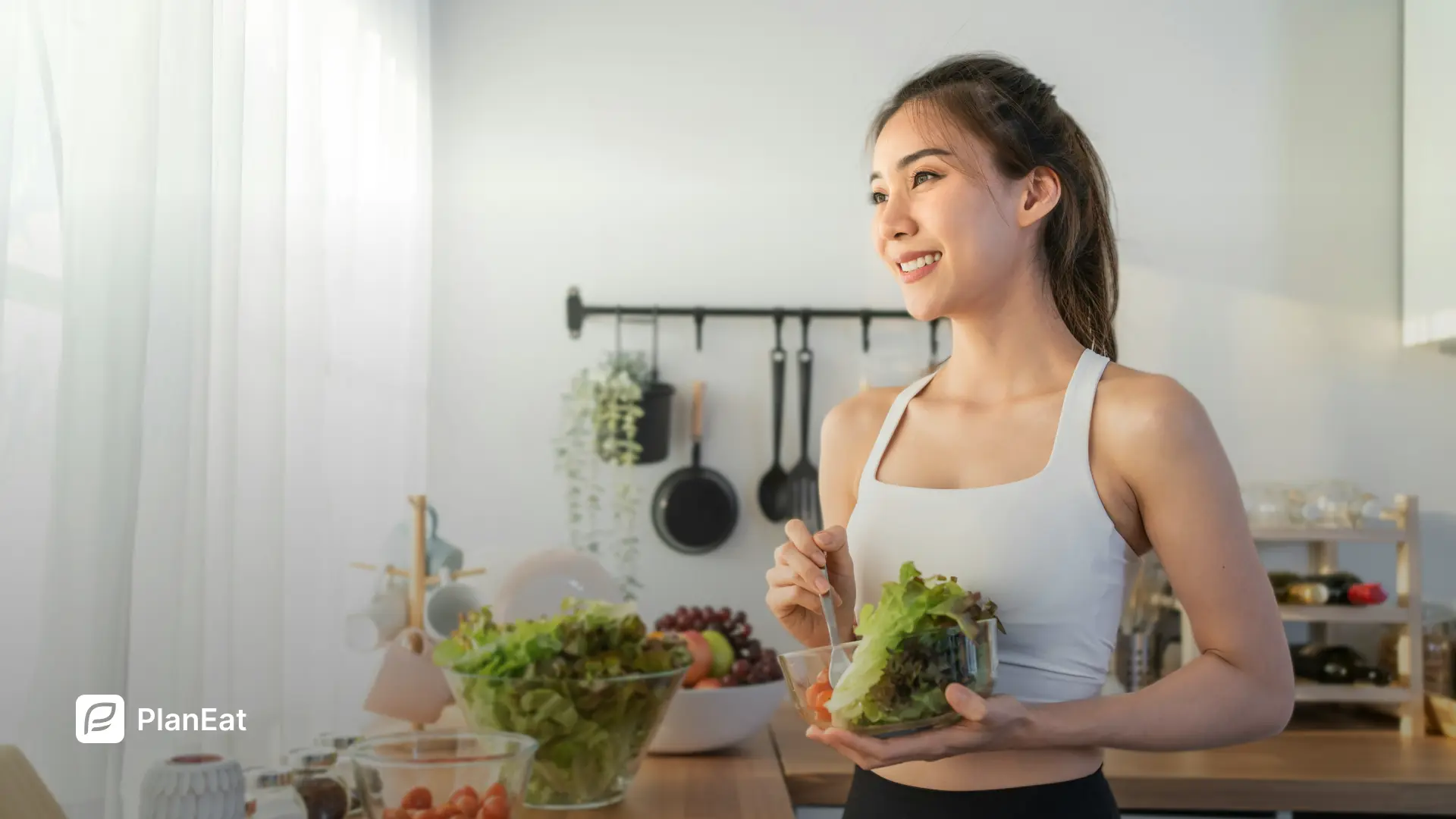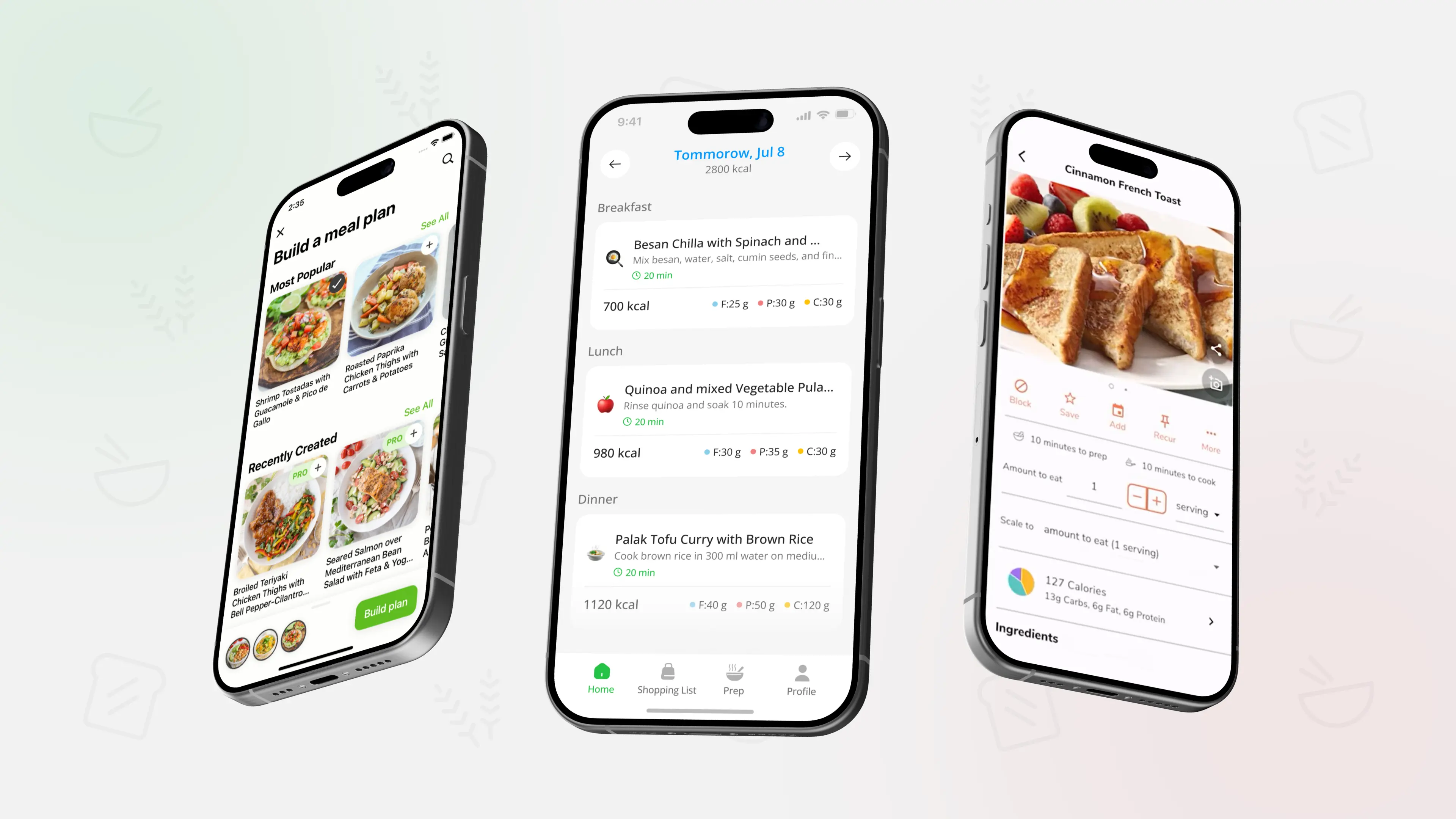Using Leftovers Smartly: Plan, Cook, Re-use
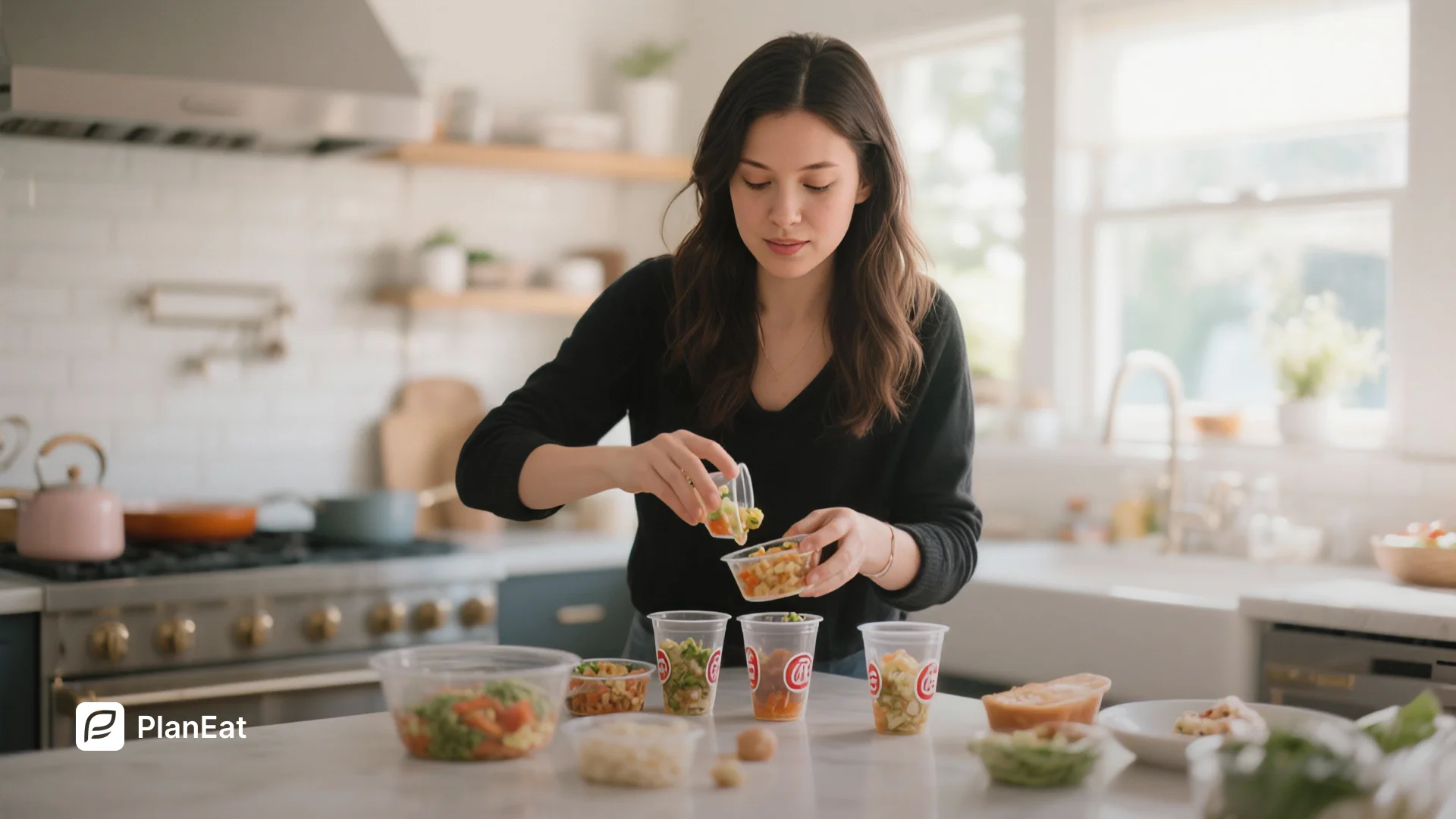
TL;DR: Leftovers are not random scraps to suffer through. When you plan them on purpose, cook with reuse in mind, and keep simple templates for turning extras into new meals, you save time, money, and food. This guide shows how to set up leftovers as part of your weekly plan instead of an afterthought.
Why leftovers are a tool, not a punishment
Many people see leftovers as a sign they cooked too much or failed to plan. In reality, planning a little extra on purpose can make busy days easier and grocery bills lower.
Thoughtful leftovers can help you:
- Cut food waste by eating what you already paid for.
- Spend less on takeout when you are tired.
- Reduce cooking time on busy days.
- Keep your meals more consistent with your goals.
Of course, if leftovers are random and unplanned, they can feel messy and unappealing. The goal is to turn them into a clear part of your routine instead.
If you want a broader view of budget friendly healthy eating while you work on your leftover habits, you can pair this guide with Healthy Eating on a Budget: 24 Practical Tips.
Plan leftovers on purpose when you build your week
Smart leftovers start before you cook.
Choose your leftover days
- Look at your calendar and mark the busiest days.
- Decide which of those days will rely on leftovers instead of full cooking.
Pick meals that turn into good leftovers
Not every dish keeps well. Focus on:
- Soups, stews, and chilis.
- Grain bowls with beans, roasted vegetables, and simple dressings.
- Sheet pan meals with chicken or tofu and vegetables.
- Pasta bakes and casseroles that reheat well.
Cook a little extra on purpose
- On calmer days, make a double batch of one main dish.
- Store the second half safely for a later day.
Write leftovers into the plan
Instead of hoping you will remember, actually write things like:
- Tuesday dinner: chili.
- Wednesday lunch: leftover chili with salad.
When leftovers are part of the written plan, they feel like a smart choice, not a compromise.
If you are new to building a simple weekly structure, you can connect this idea with Meal Planning Basics: How to Start (Beginner Guide) so leftovers fit inside your main plan instead of replacing it.
If you want to think less about what to cook in the first place, you can use PlanEat AI to generate a weekly meal plan and grouped grocery list based on your goals, dislikes, and cooking time. Then you choose which dinners to cook in larger batches and mark them as leftover lunches or quick repeat dinners.
Cook for reuse: base dishes and flexible components
Leftovers are easier to enjoy when the first cook is designed for reuse.
Use base dishes that work in several roles
Examples:
- A pot of bean or lentil chili that can be eaten in a bowl, over rice, or in wraps.
- Roasted chicken and vegetables that can become a grain bowl, salad topping, or taco filling.
- Baked tofu or tempeh that can be served hot for dinner and cold in lunch bowls.
Cook components, not only full meals
If you prefer variety, cook building blocks instead of complete dishes:
- One or two grains like brown rice or quinoa.
- Roasted vegetables on a sheet pan.
- A protein such as chicken, beans, or tofu.
Then you can mix and match them into different meals across the week.
For more detail on how to set up a basic prep routine that supports this style of cooking, you can use Meal Prep Basics: Beginner’s Guide to Cooking Ahead alongside this leftover strategy.
Turn leftovers into new meals with simple templates
You do not need complex recipes to reuse food. A few templates help you turn almost any leftover into something that feels like a new meal.
Template ideas
- Grain bowl: leftover grain plus any roasted vegetables, a protein, and a simple dressing.
- Soup or stew: combine leftover cooked vegetables and protein with broth and spices.
- Wrap or burrito: leftover beans, meat, or tofu with vegetables in a tortilla.
- Frittata or egg bake: leftover vegetables and small bits of meat baked with eggs.
- Salad upgrade: leftover roasted vegetables or grains added to a base of leafy greens.
Use theme nights for flexibility
- Soup night where you always have a simple broth based meal that uses vegetables and grains you have on hand.
- Bowl night where everyone assembles their own meal from leftovers and fresh toppings.
- Wrap night where leftover proteins and vegetables go into tortillas with sauce.
If you cook for yourself and often struggle to finish food before it spoils, you can combine these templates with ideas from Meal Planning for One: Waste Less, Eat Better so portions and planning match a single person household.
Once you find a few dinners that produce great leftovers, you can keep using them in future weeks with PlanEat AI. Generate a new weekly plan, then swap in your favorite leftover friendly meals and let the grouped grocery list update automatically.
Store leftovers safely and make them easy to use
Good storage protects your food and makes leftovers more likely to be eaten.
Use clear containers and labels
- Store leftovers in clear containers so you can see what is inside.
- Label with the name of the dish and the date you cooked it.
Follow basic safety guidelines
- Cool food before putting it into the fridge.
- Refrigerate leftovers within a couple of hours after cooking.
- Eat refrigerated leftovers within a few days, or freeze them if you will not use them in time.
Exact times depend on the food and your local food safety guidance, so check trusted regional sources if you are unsure.
Keep a visible leftovers zone
- Dedicate one shelf or part of a shelf in your fridge to leftovers.
- Put newer items behind older ones so you eat the oldest first.
This simple organization makes it much more likely that leftovers will be used instead of forgotten.
FAQ:
How many days can I safely keep leftovers in the fridge
For many cooked dishes, people commonly keep leftovers in the fridge for about three to four days, but this can vary by food type and region. When in doubt, follow local food safety recommendations and use your senses if something seems off.
How do I stop feeling bored with leftovers
Plan to eat the same dish in different forms, such as chili in a bowl one day and in a wrap the next, or roasted vegetables in a grain bowl one day and in a frittata later in the week. Using simple templates instead of repeating the exact same plate helps meals feel fresher.
Can leftovers fit into a weight loss or health focused plan
Yes. Leftovers can actually make it easier to stick to your plan because you have balanced food ready when you are hungry. Focus on meals that include protein, vegetables, and smart carbohydrates, and reheat them instead of reaching for last minute options.
What if my family refuses to eat leftovers
Try serving leftovers in new forms, such as turning roast chicken into tacos or pasta bake, or letting family members build their own bowls or wraps from leftover components. Giving people some choice often makes leftovers more acceptable.
Is freezing leftovers a good idea or do they lose quality
Many dishes like soups, stews, chilis, and cooked beans freeze well and reheat with little loss of quality. Some foods, such as dishes with very delicate vegetables, may change texture more. It can help to test small portions and see which recipes your household enjoys from the freezer.
Educational content only - not medical advice.
Leftovers as a weekly planning tool
When you plan leftovers on purpose, cook with reuse in mind, and store them clearly, they turn from random extras into a structure that saves time, money, and food during busy weeks.


.webp)
.webp)
.webp)
.webp)
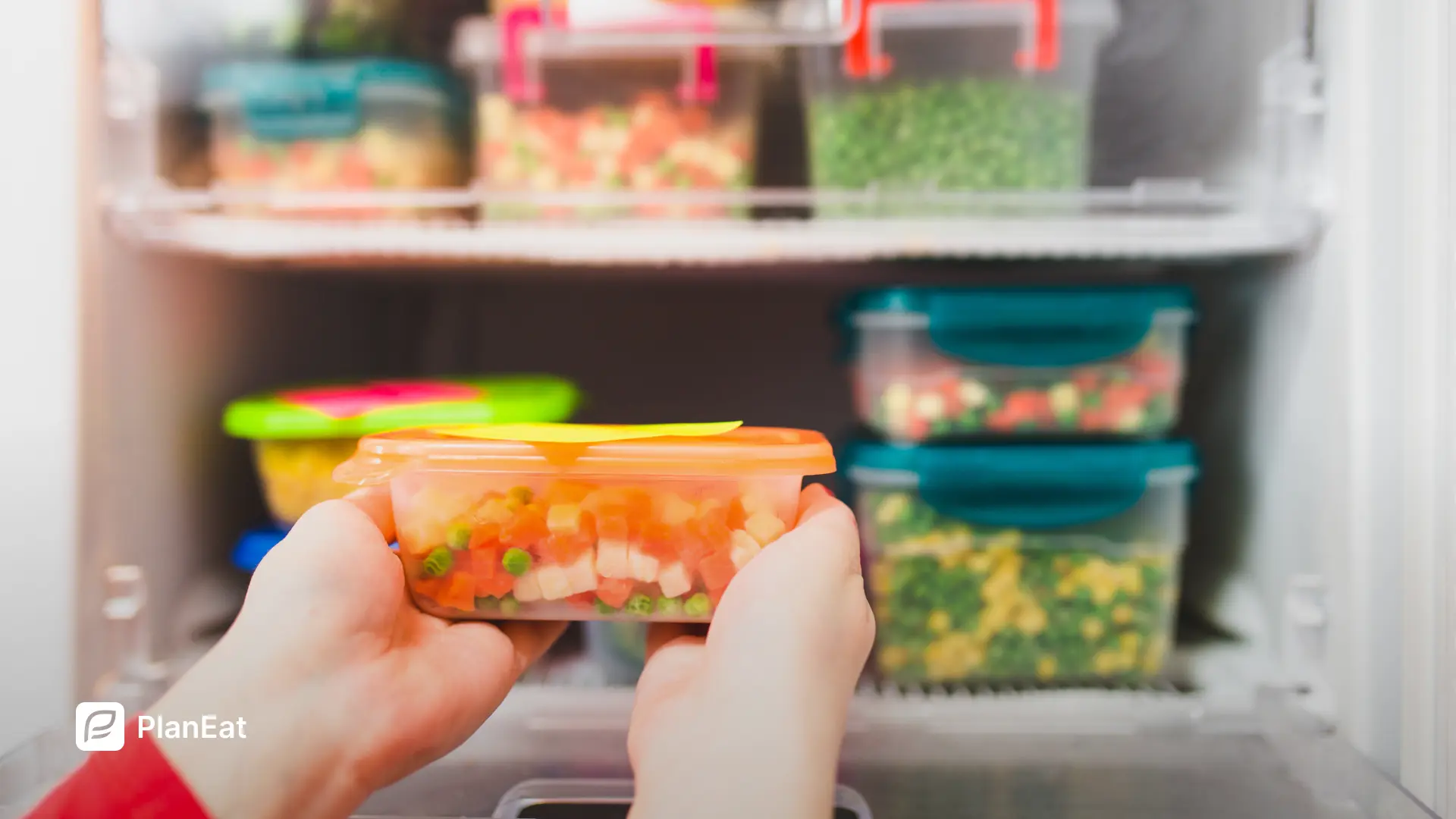
.webp)
.webp)
.webp)
.webp)
..webp)
.webp)
.webp)
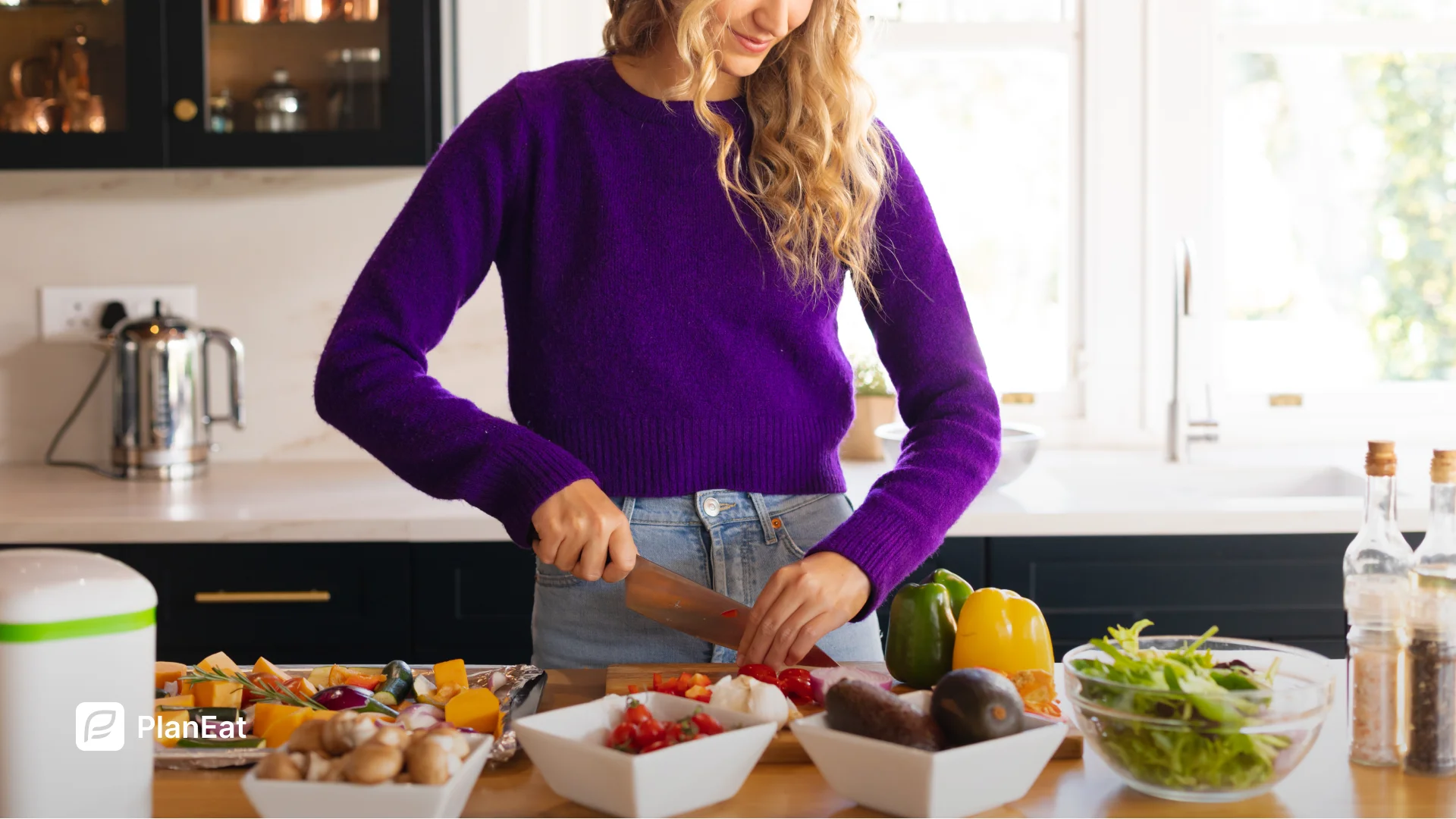
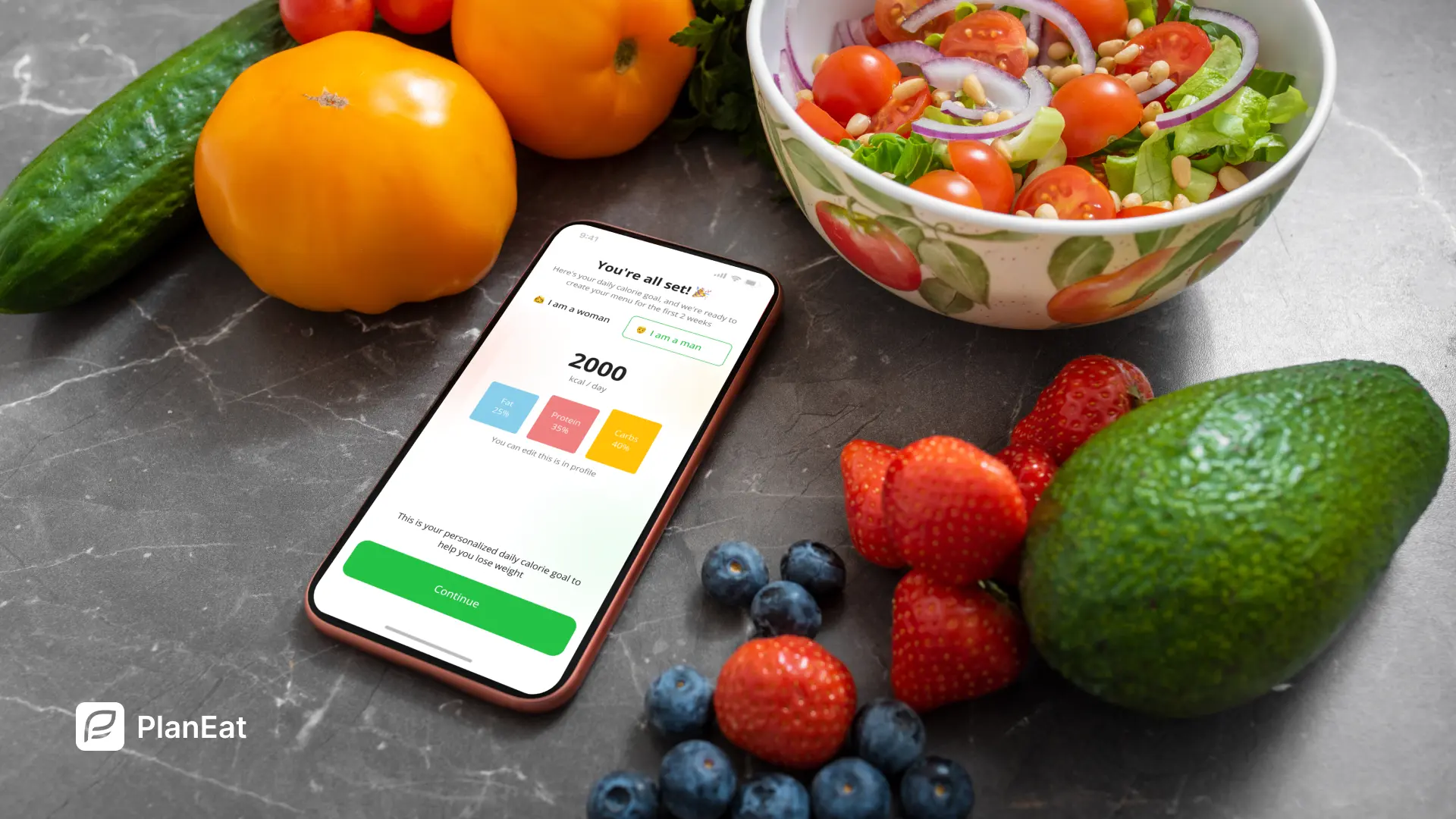
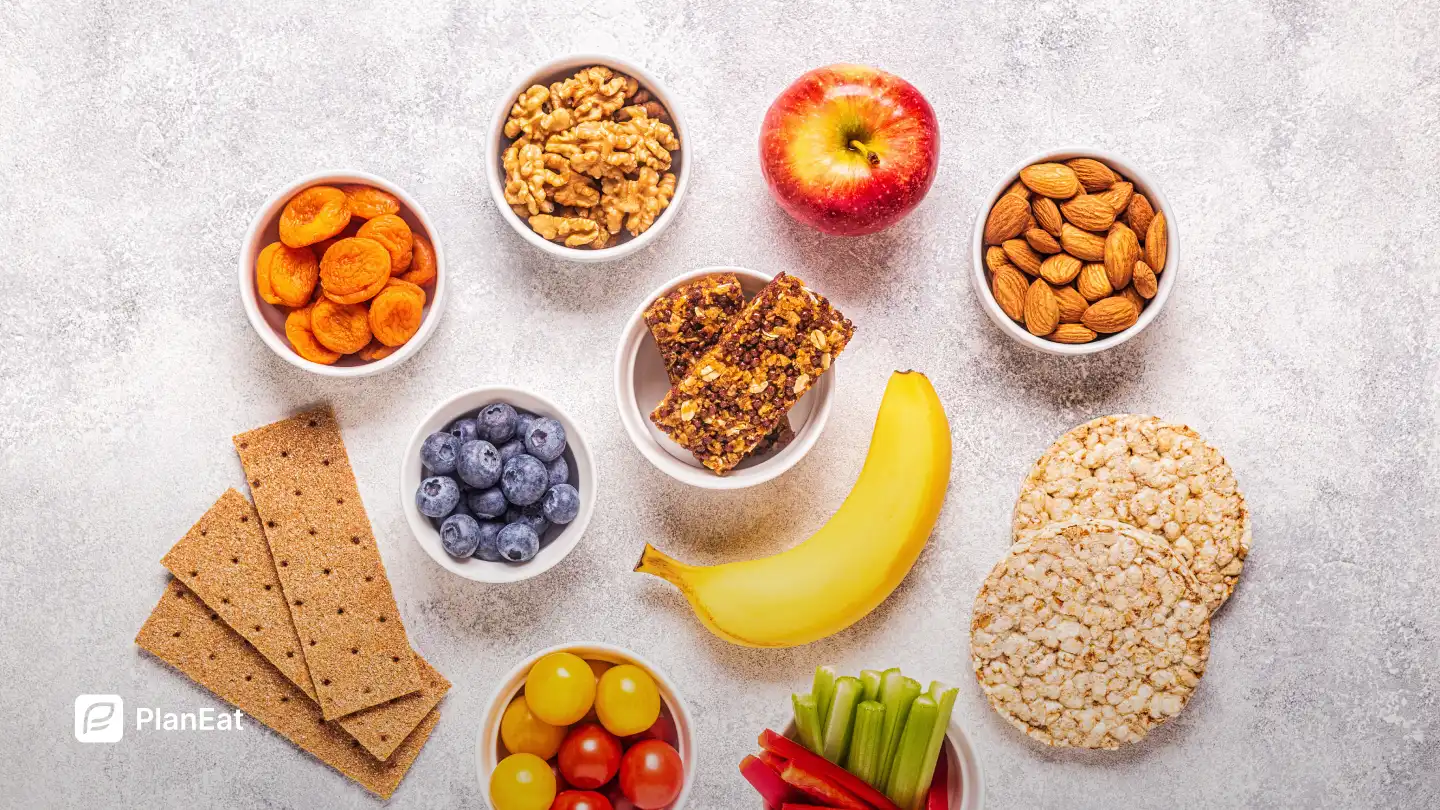
.webp)


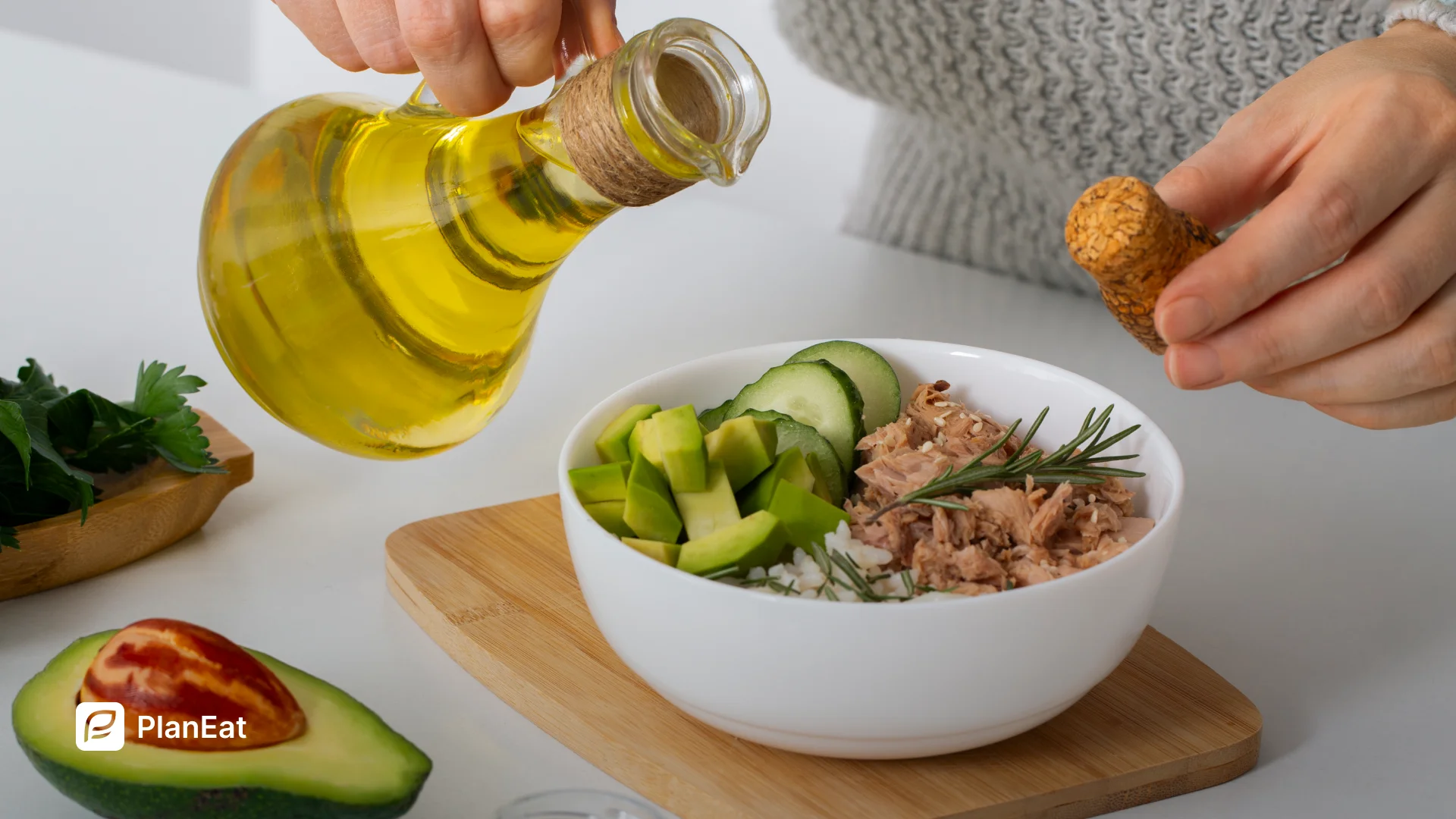
.webp)

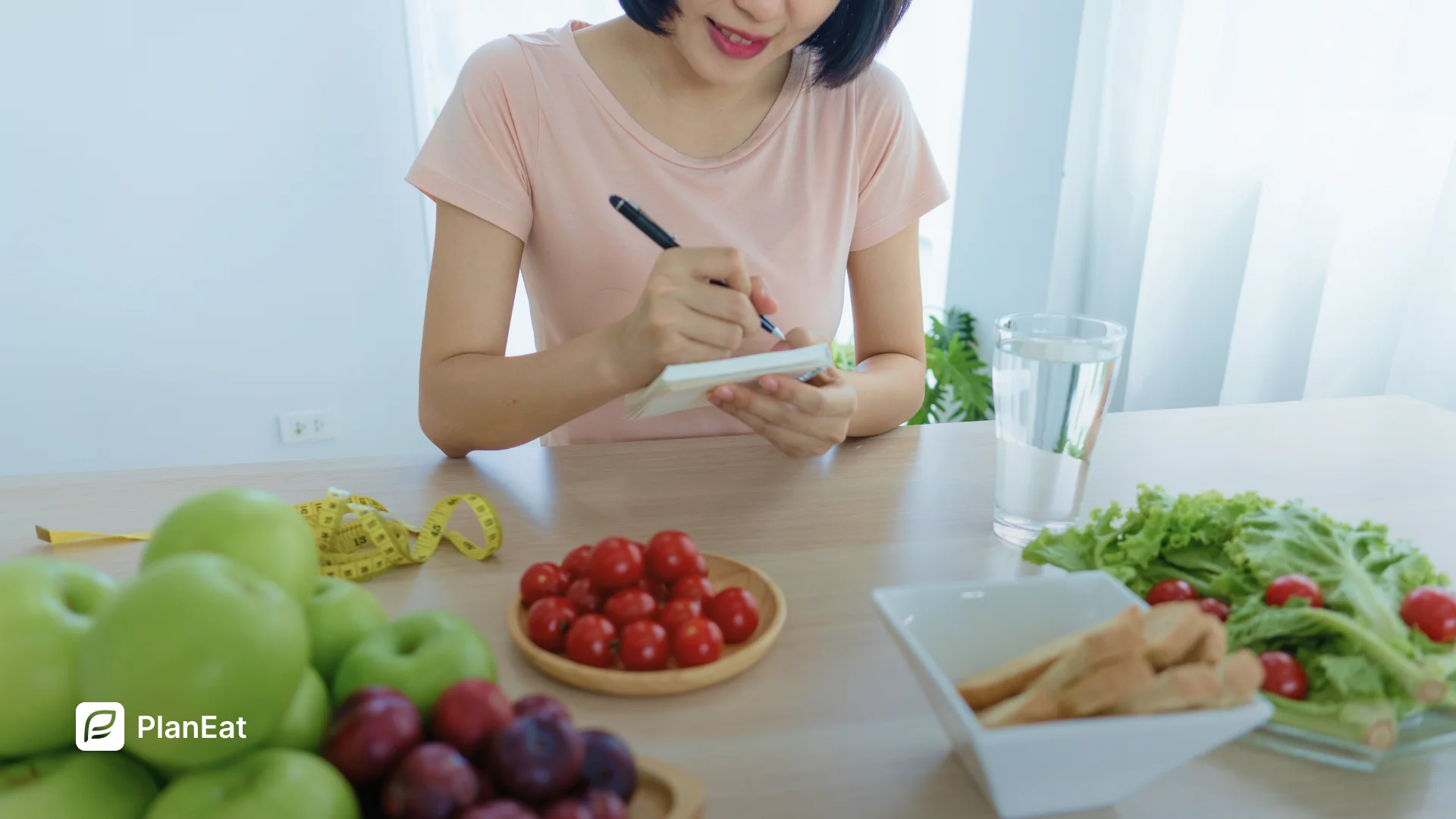

.webp)
.webp)
.webp)
%20%2B%207%E2%80%91Day%20Menu.webp)
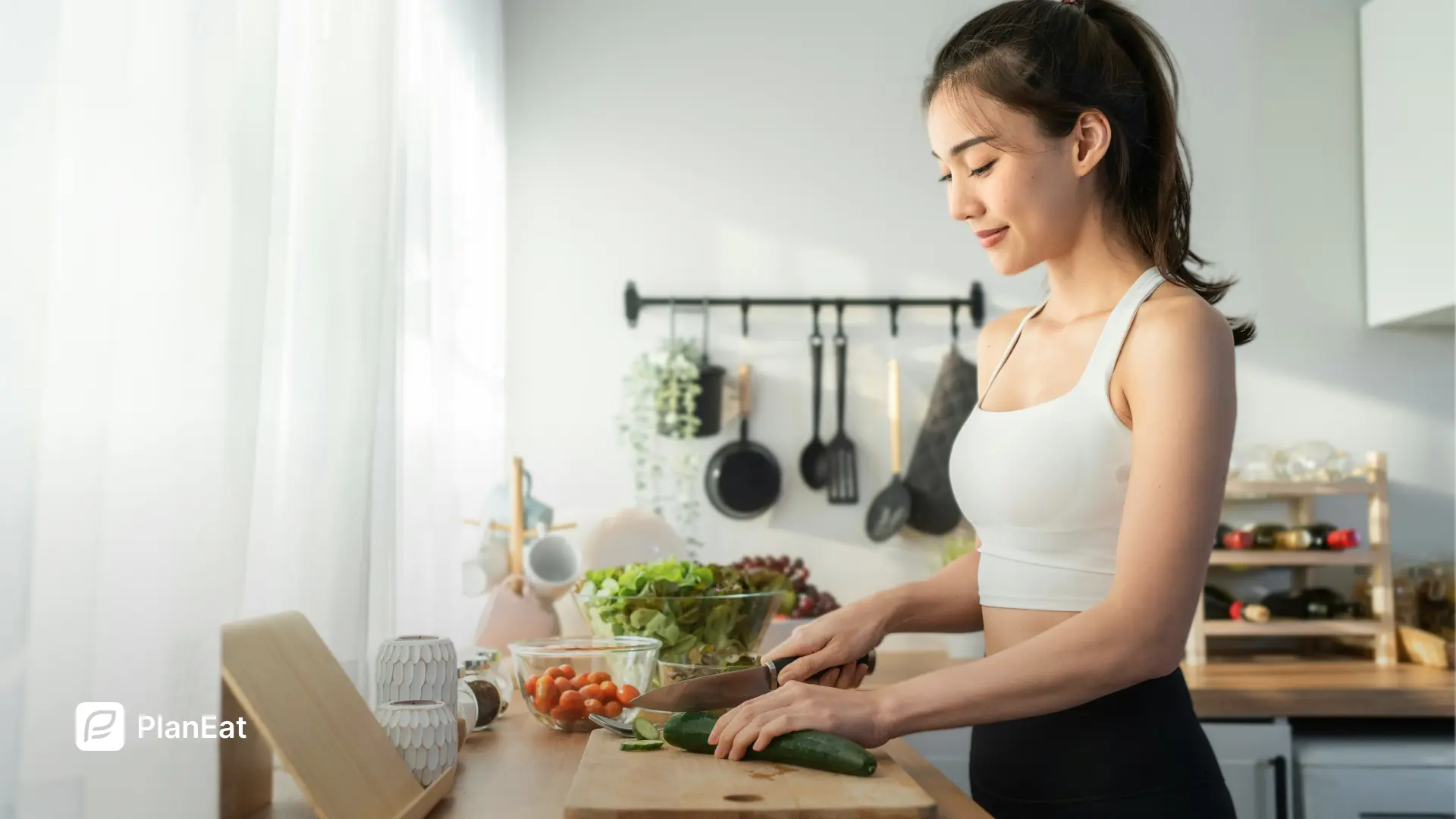



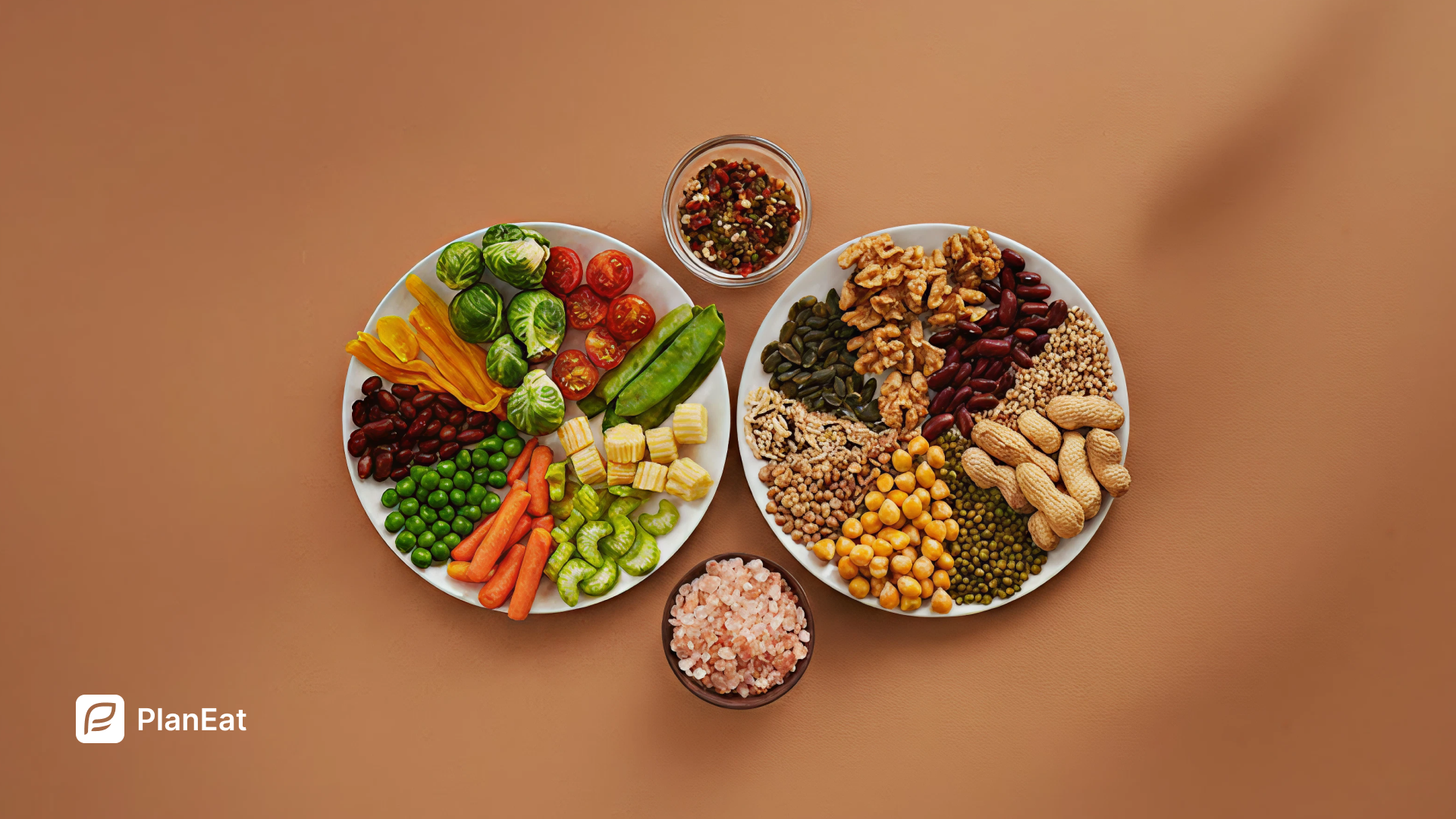
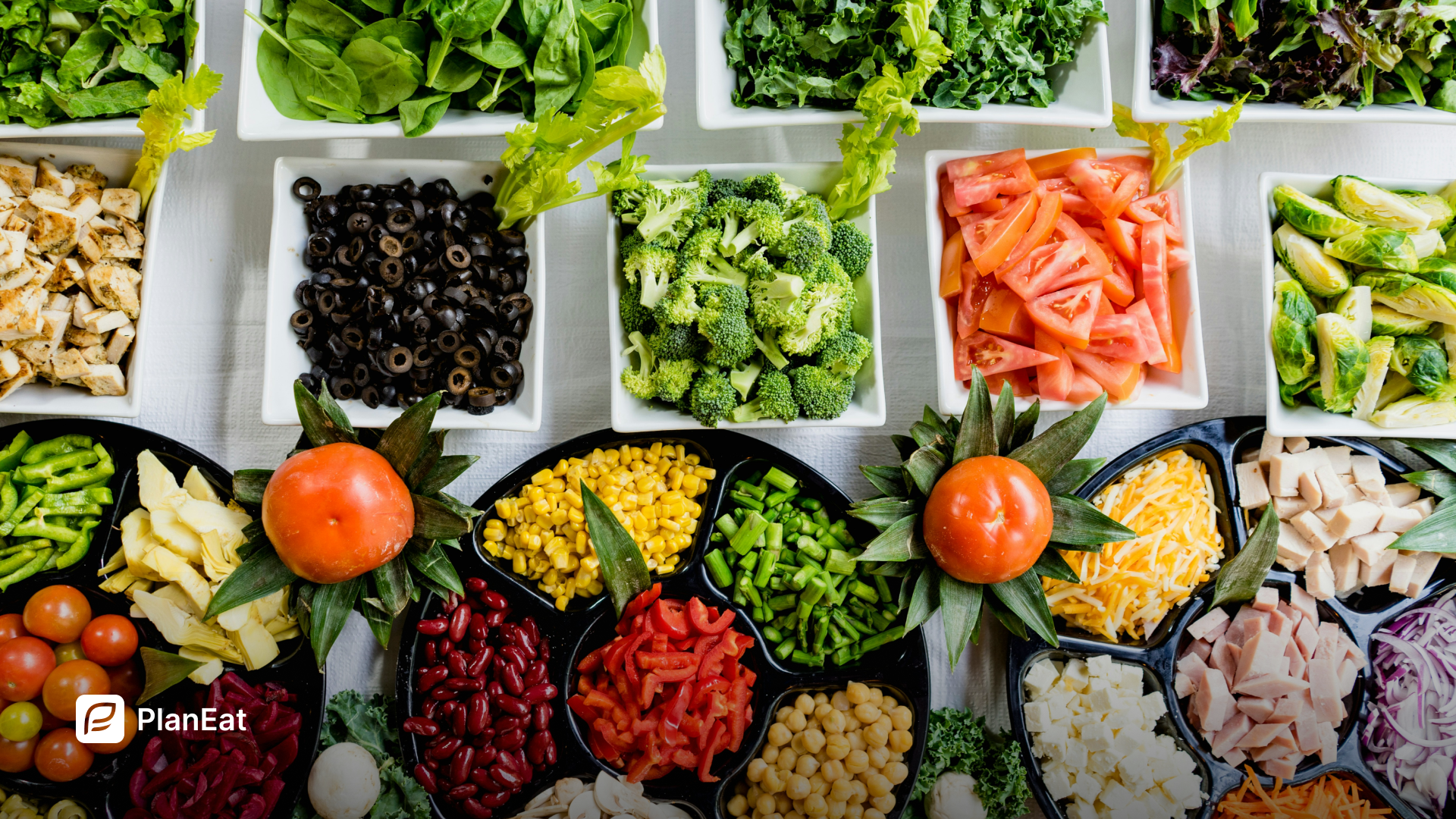
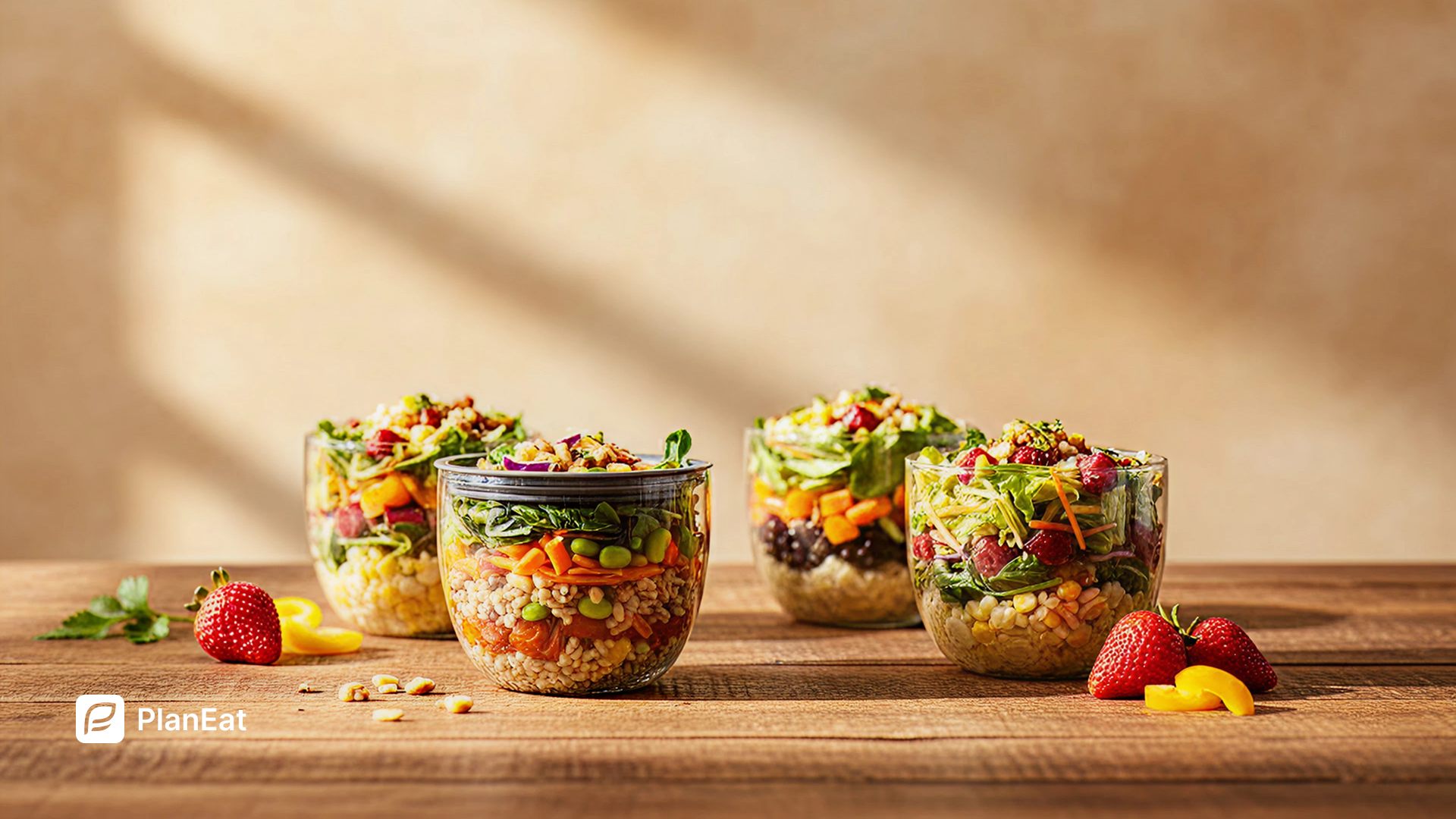
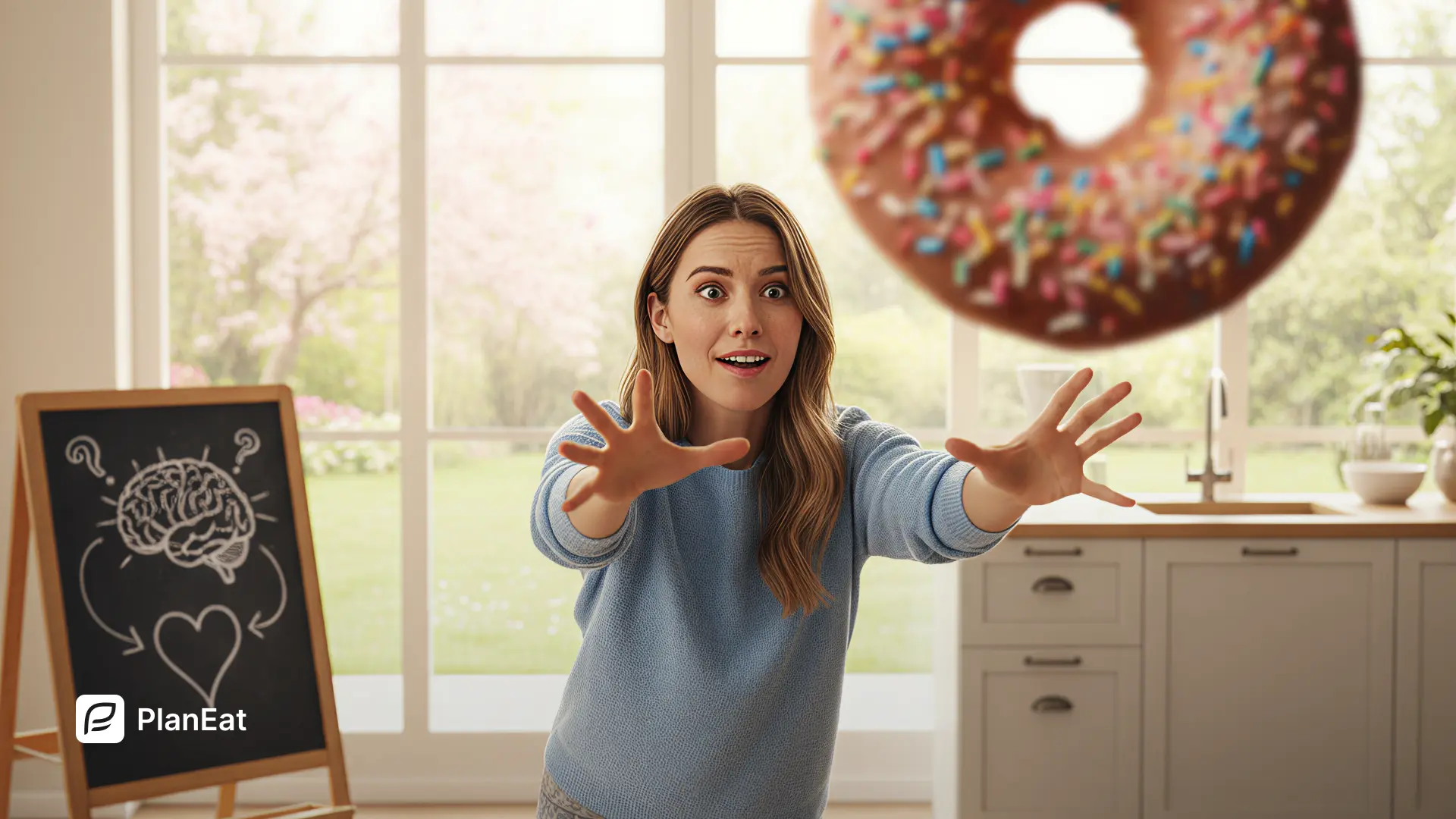
.webp)
